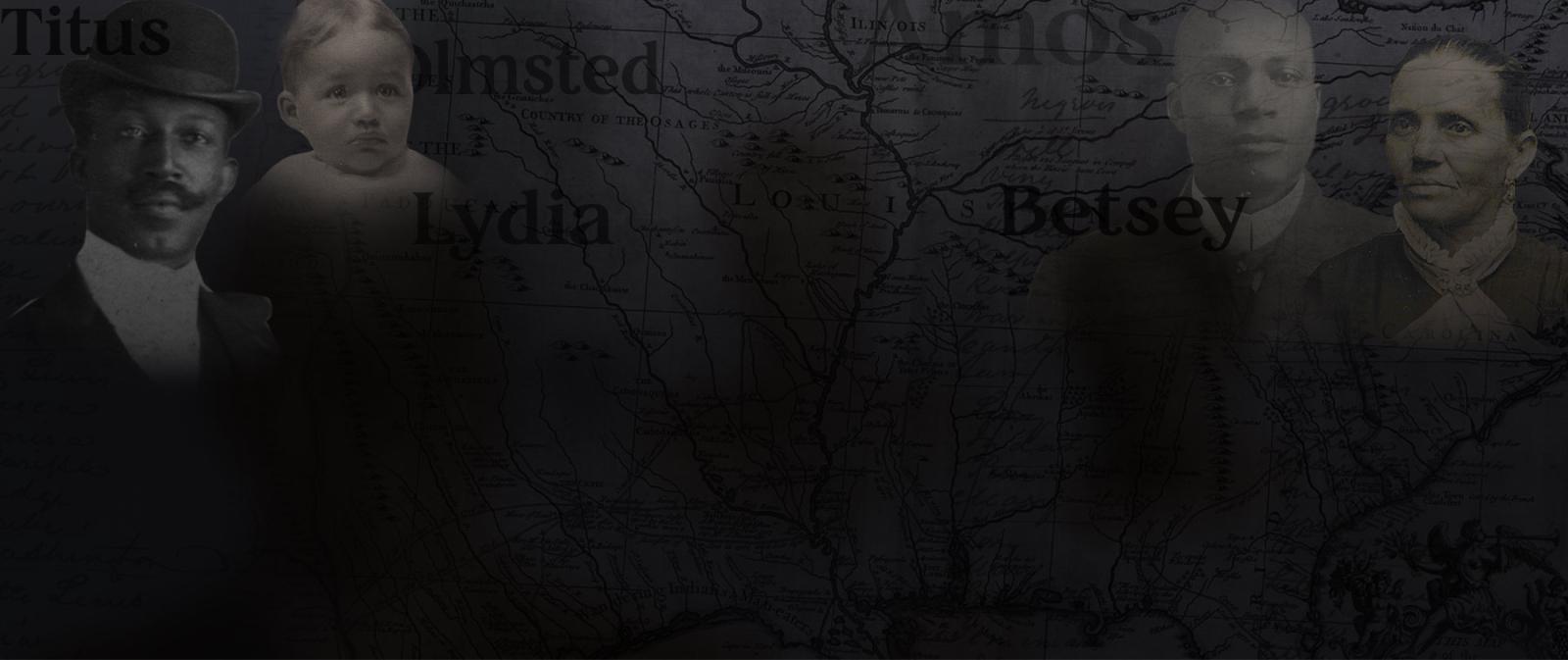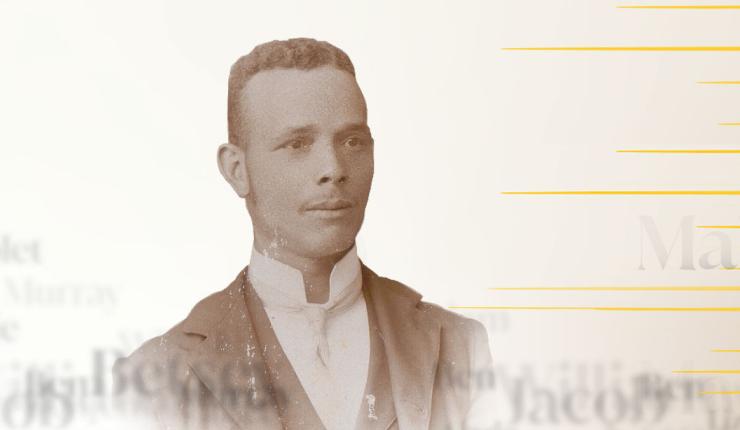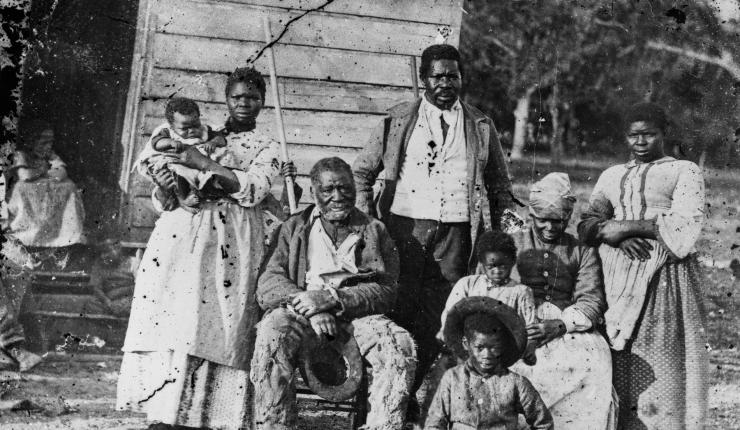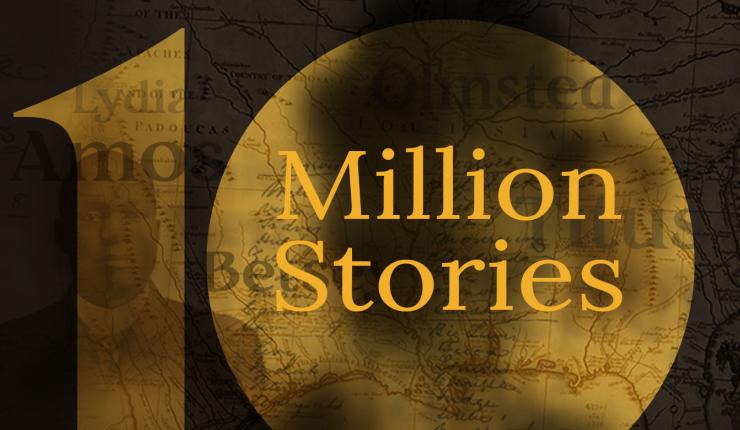Cato Freedom was born in Africa in the 1730s. Little is known about his early life prior to the American Revolution.
We know he was taken from Africa and enslaved in the Connecticut.1 He first appears as Cato Freeman in a 1782 muster roll of Captain Edward Buckley’s Company of the Third Connecticut Infantry.2 His pension shows he entered service in 1778, though he does not show up on any muster rolls until 1782. This suggests that he might have been enslaved to a member of Captain Edward Buckley’s Company and therefore only appears on rolls after he was emancipated.
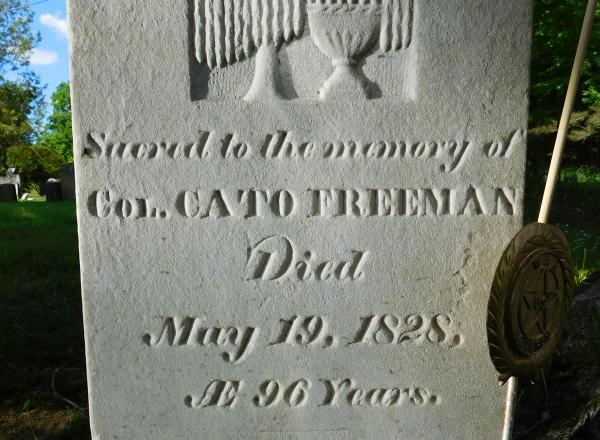
In April of 1783, he is first recorded using the name of Cato Freedom, the name he kept until his death. After the war he moved from Connecticut to Otsego County, New York. In the 1820’s Cato successfully applied for an Army pension. Because he did, we have documentation from Cato and people who knew him. This gives rare insight into the post war life of a Black soldier in the American Revolution.
Henry Sill represented Cato Freedom in his petition to collect the bounty land Cato had earned as payment for his military service. Henry Sill wrote:
In the same pension file, Cato Freedom’s own words are recorded by the Clerk of Courts. He is asking for his pension to be granted so that he can support his family. In this document Cato describes his living situation:
There is a note alongside this in the same clerk’s hand that reads:
The pension that Cato Freedom earned through his military service allowed him to provide for his family until his death in 1828 at the age of 96.3
His grave marker can be found in the Butternut Cemetery in Burlington, New York and is maintained by the Sons of the American Revolution. The last line on his humble headstone reads: “He was a soldier of the Revolution.”4
Notes
1 Cato Freedom’s Revolutionary War Pension and Bounty-Land Warrant Application Files
2 Rolls and lists of Connecticut men in the revolution. 1775-1783 page 101
3 The Pension Roll of 1835, State of New York for Cato Freedom and the headstone of Cato Freedom.
4 The headstone of Cato Freedom in the Butternut Cemetery in Burlington New York

